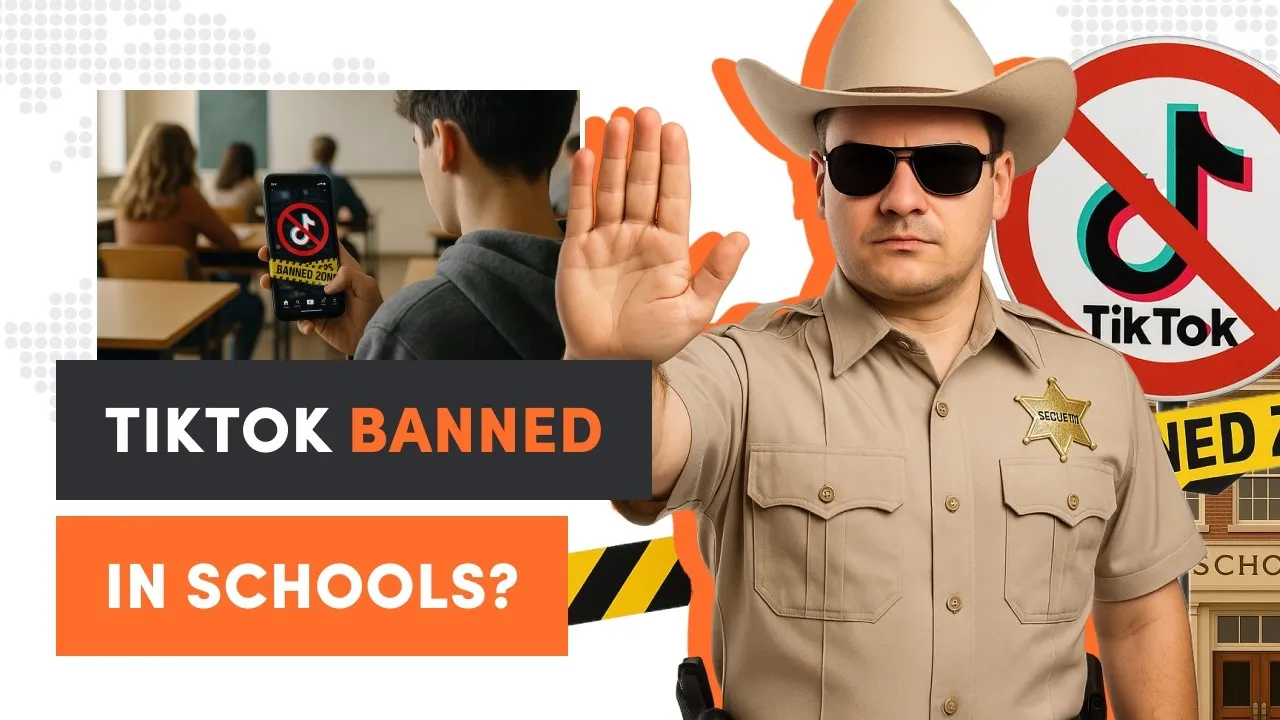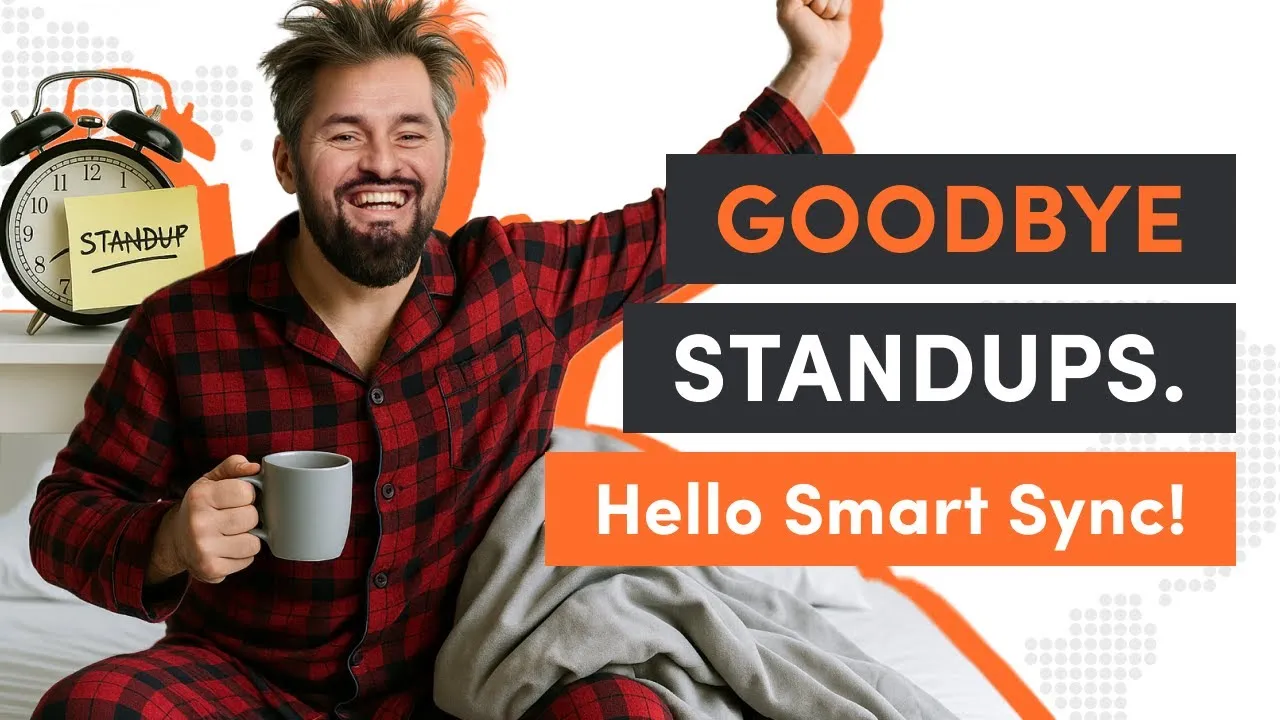How to Build an MVP? - Is It Possible for 10k?
Building a minimum viable product (MVP) is one of the most important steps for startups and entrepreneurs who want to bring their ideas to market quickly and without spending too much money.
But can it be done for as little as $10,000 with all the features?
The answer is often yes, provided you have a clear understanding of what an MVP product development truly includes.
Why do you need a minimum viable product?
An MVP focuses on delivering the essential features that provide the most value to your target audience.
This article will guide you through the process of identifying these key elements, reducing unnecessary complexities, and leveraging cost-effective tools to make your product go live!
If you're tired of reading, click the video above and watch it in just 6 minutes.
We'll explore strategies for maintaining focus on the core functionalities, the importance of early customer feedback, and the need for a practical sales strategy to ensure your MVP's success.
By the end, you'll have a roadmap to creating a successful MVP development process within a limited budget, setting the foundation for a scalable and successful product.
Key Takeaways
- Focus on the core value your product offers to customers and the target market.
- Define the essential features of the MVP to avoid unnecessary complexities.
- Engage in a discovery phase to identify and prioritize key elements of the product idea.
- Eliminate non-essential functionalities to reduce production risks and costs.
- Test early and often with prototypes to gauge interest and validate the value proposition.
- Utilize cost-effective tools like Figma, Bubble.io, Flutter Flow, and Webflow for rapid development.
- Accept that the first version may need significant revisions and embrace a "done is better than perfect" mindset.
- Develop a well-thought-out sales strategy to ensure your product reaches the target users.
- Focus on achieving product-market fit before investing heavily in full MVP development.
- Ensure you have a clear plan for distribution channels to move from a minimum viable product to a scalable solution.
Is This Possible with a Minimum Viable Product?
Can You Build an MVP for $10K?

Often, the answer is yes, but first, we need to define what an MVP really means for our product.
To do this, you need to understand what is the key added value for customers using our solution and focus all efforts on delivering what is essential for the end user.
What Are the Core Features of Our Product?
When explaining to our customers what our product actually does, it’s worth asking ourselves:

Knowing the answer to this question helps us focus on the real thing.
Everything else can unnecessarily slow down or distract the production process, which is really just about delivering the product quickly and testing product-market fit.
We don’t want to create a product just for the sake of it; we want to do it to genuinely improve someone’s life, streamline business processes, or enhance specific elements of an organization.
Mature consulting firms not only listen to what the client wants to achieve in the early stages but also suggest which solutions are not essential to address the core problem.
This is done through a discovery phase to identify core features and test your business idea.
During this phase, the person responsible for the business side of the project listens to the client’s ideas and identifies the key elements of the solution. This is the key to delivering value to the end customer and finding the right target audience.
At this stage, you can eliminate most production risks by focusing on essential features. The complexity of the product does not increase linearly, so every element we decide NOT to include in the core functionality raises the likelihood of success.

I’ve often encountered situations where up to 70% of the functionalities in the first stage are not crucial for the end customer and can be skipped, significantly reducing the final cost.
Go Big or Go Home - Just Don’t! MVP Development Process
Don’t use a cannon to kill a mosquito. Yes, having a long-term strategy is important, but in the early stages, our business model often needs to be challenged - the risk that no one will want to pay for our product is very high. The optimal scenario is when we already have a line of customers ready to implement and fund our product, providing financial stability to our new company. These customers will be the lifeblood of our product.
However, if we’re in the very early phase, it’s worth considering various tools to quickly show the results to end customers. A common approach, especially popular in the education and training industry, is to create dedicated landing pages where people can sign up for a waiting list for a product that hasn’t even been developed. This helps measure interest and gather user feedback to test if your minimum viable product (MVP) is worth doing.
Depending on the context, this might not be enough, as many customers need to see a “live” demonstration of the solution. This is where market research and early prototyping tools come in handy.
Tools like interactive prototypes (e.g., Figma) or those that allow more user interaction, including logging in, saving, and processing data, can be very useful. These tools, such as Bubble.io, Flutter Flow, and Webflow, don’t require a complex setup and use predefined components.
Yes, these tools have limitations and can be costly for larger businesses due to their usage-based pricing model. However, they have one invaluable feature - the ability to quickly test whether our business idea makes sense before we run out of budget. At this stage, costs can be reduced by a significant percentage.

The First Version Often Ends up in the Trash: Importance of User Feedback
This uncomfortable truth, which we know from everyday life, also applies to MVP product development. We want our first house to be perfect, but after a few months, we realize it’s not, and we want to make changes. During construction, we do everything to make it perfect because we are emotional beings. However, we don’t have to do this when creating software - at least not in the first stage.
Successful companies often follow the phrase: “Done is better than perfect.”
The goal is to achieve product-market fit, which often requires several pivots and a well-defined minimum viable product before finding the right one.
What does this mean for product development?
At this stage, avoid overcomplicating things with complex quality control processes, non-production environments, and elaborate versioning. These elements often mean that instead of being tested by the customer, the product is tested by many non-customers, sending the functionality back to the drawing board due to a lack of user feedback.
For mature ideas, these extra layers are helpful and should be used once you know the product-market fit. In the early stages, however, it’s better to take a hackathon approach rather than a perfectionist one.
At this stage, it’s not the time to predict everything. In fact, we often don’t even know what we don’t know yet.
Sales Strategy
One tough question I like to ask future digital product creators is about distribution channels:
How do you plan to sell it?
Interestingly, I don’t always get a clear answer, which is a red flag for us as a potential tech partner and for the founder of the idea.
Sales are the foundation of any business - well-thought-out distribution channels determine whether a solution will succeed or fail. So, before you start your product journey, analyze the ways to reach your customers in a way that feels natural to them - how they buy, choose a provider, and where you need to be to move your product from the MVP stage to a scalable solution. Your product needs to have lots of customers knocking on your door, eager to grow their business with your solution!
Summary: How to Build an MVP?
So do you understand now how to build an MVP?
Creating products isn’t about doing something just for the sake of it.
It’s crucial to clearly understand why we're doing it (market research), how we plan to do it, who it's for (target audience), and how we want to reach them.
Developing software takes a lot of expensive resources, so it’s important to focus on getting the most value early on before we're sure we’ve found the perfect product-market fit.
That’s my wish for you and me.



